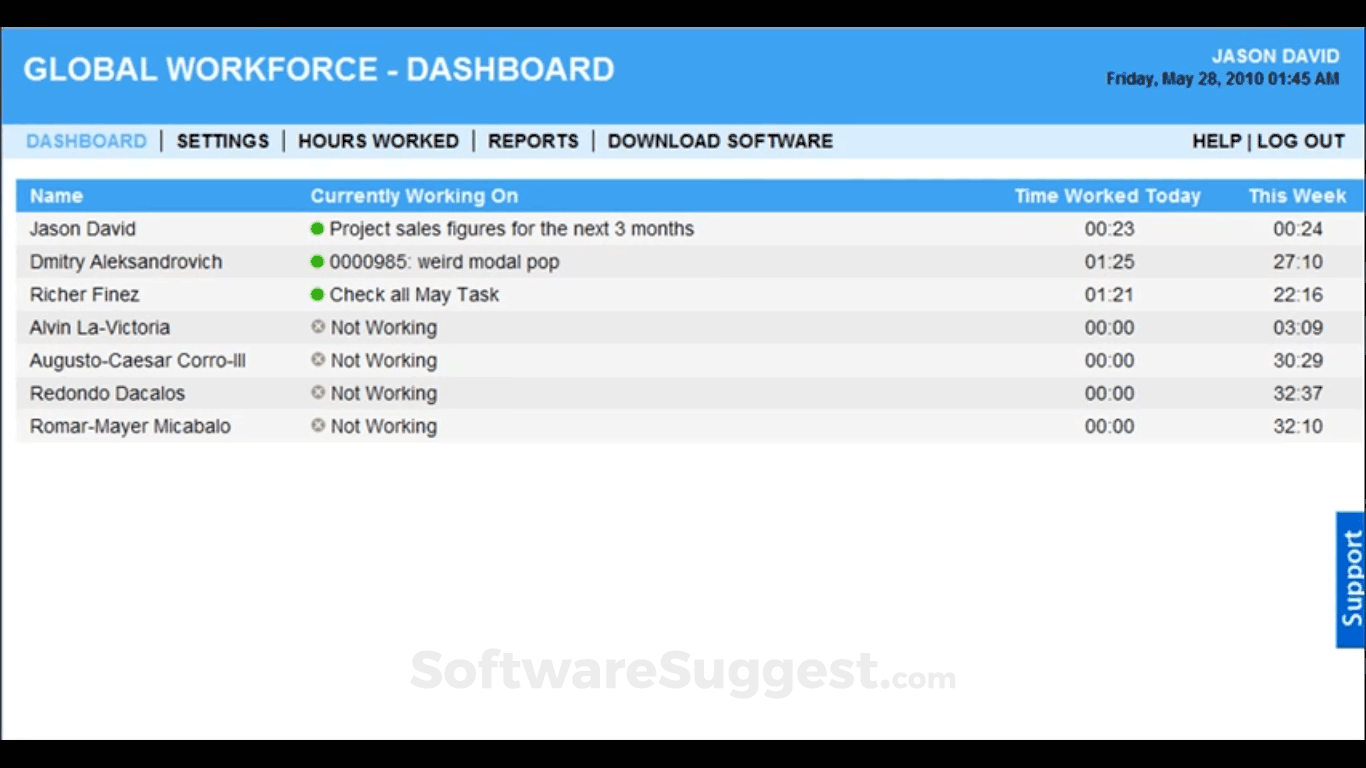

- #Time doctor 2 pricing archive#
- #Time doctor 2 pricing android#
- #Time doctor 2 pricing software#
- #Time doctor 2 pricing code#
- #Time doctor 2 pricing plus#
They were completely in the clear which could have been a huge problem. Employees who worked on sensitive areas like finance had their accounts set to blur screenshots. In other words, time would be tracked and then disappear.Ħ. Tasks and projects not syncing between mobile, desktop, and web clients.ĥ.
#Time doctor 2 pricing archive#
Unable to archive old project-tasks or projects.Ĥ. Time not syncing between mobile, desktop, and web clients.ģ. We used it for about six months and had nothing but problems with it.
#Time doctor 2 pricing software#
I cannot for the life of me understand why this software has such high ratings. The solution is available on a per user per month subscription basis and offers multilingual customer support via email, phone, live chat and online help desk.Ībsolutely terrible piece of software.
#Time doctor 2 pricing android#
The payroll functionality allows businesses to record employee working hours and generate weekly and monthly payslips.Ī mobile app is available Android and iOS devices and the platform also integrates with various project management and accounting software including JIRA, Salesforce, Basecamp and Slack.

The solution can also help users to keep track of the time spent on chats, meetings, calls, internet usage and other activities. The screen monitoring feature reports on employee activity via screenshot captures. Time Doctor lets users enter time spent on each project and calculate their billable and nonbillable working hours. It offers tools for time tracking, web activity monitoring, payroll management and reporting. Text embeddings measure the relatedness of text strings, and are commonly used for search (where results are ranked by relevance to a query string) and recommendations (where items with related text strings are recommended).Time Doctor is a cloud-based time tracking and management solution used by businesses for monitoring workforce productivity. Pricing is also being reduced for text-embedding-ada-002, one of OpenAI’s more popular text embedding models. Developers can now use the model for $0.0015 per 1,000 input tokens and $0.002 per 1,000 output tokens, which equates to roughly 700 pages per dollar.
#Time doctor 2 pricing plus#
On the plus side, OpenAI says that it’s reducing pricing for GPT-3.5-turbo - the original, not the version with the expanded context window - by 25%. (OpenAI is testing a version of GPT-4 with a 32,000-token context window, but only in limited release.) OpenAI says that it can ingest around 20 pages of text in a single go - short of the hundreds of pages that AI startup Anthropic’s flagship model can process, notably.

tokens fed into the model) and $0.004 per 1,000 output tokens (tokens the model generates). The new GPT-3.5-turbo offers four times the context length (16,000 tokens) of the vanilla GPT-3.5-turbo at twice the price - $0.003 per 1,000 input tokens (i.e. Models with small context windows tend to “forget” the content of even very recent conversations, leading them to veer off topic - often in problematic ways. Context window, measured in tokens, or raw bits of text, refers to the text the model considers before generating any additional text. “Function calling allows developers to more reliably get structured data back from the model.”īeyond function calling, OpenAI is introducing a flavor of GPT-3.5-turbo with a greatly expanded context window. “These models have been fine-tuned to both detect when a function needs to be called … and to respond with JSON that adheres to the function signature,” OpenAI writes.
#Time doctor 2 pricing code#
As OpenAI explains in a blog post, function calling allows developers to describe programming functions to GPT-3.5-turbo and GPT-4 and have the models create code to execute those functions.įor example, function calling can help to create chatbots that answer questions by calling external tools, convert natural language into database queries and extract structured data from text. Today, OpenAI announced the release of new versions of GPT-3.5-turbo and GPT-4, the latter being its latest text-generating AI, with a capability called function calling. As the competition in the generative AI space grows fiercer, OpenAI is upgrading its text-generating models while reducing pricing.


 0 kommentar(er)
0 kommentar(er)
